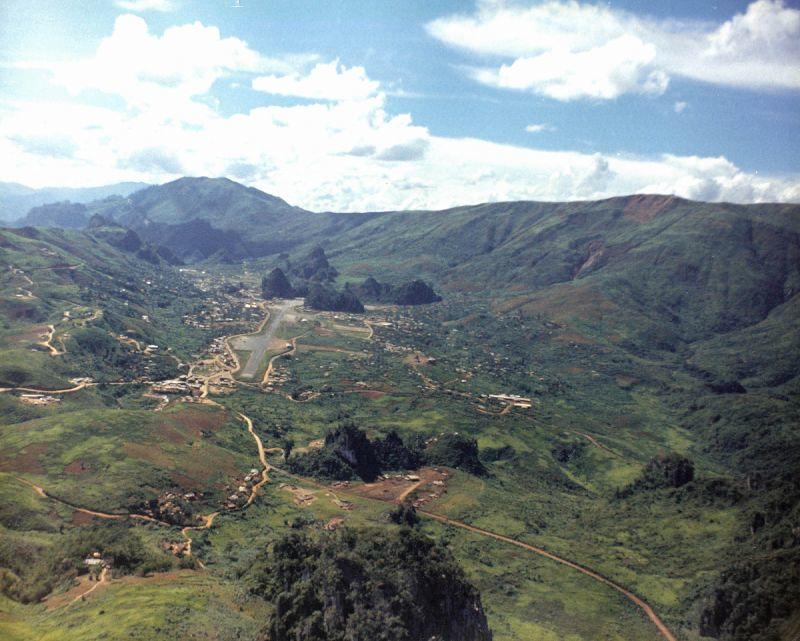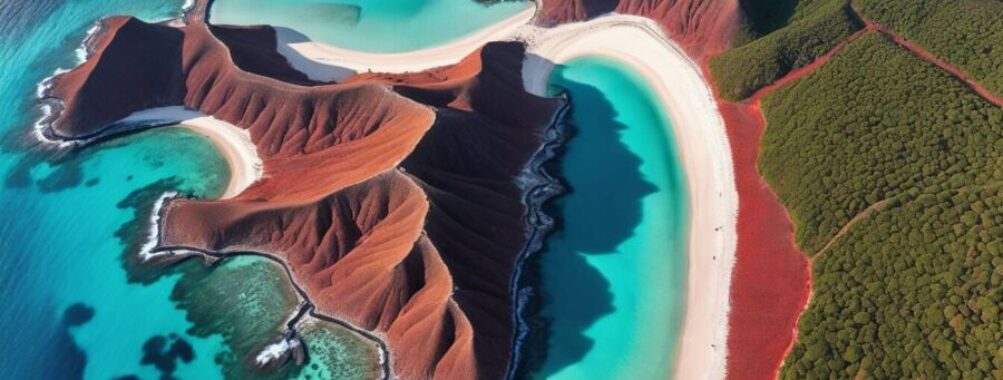
The Most Hidden Place on Earth Revealed: Uncovering Earth’s Best-Kept Secret
The most hidden place on Earth taps into its geographical remoteness and the cloak of secrecy surrounding it. Places like Area 51 in Nevada, USA, epitomize this definition, being notoriously hard to access and veiled in secrecy. As for a twist, imagine a dotted line separating you from an unknown world—a simple, unassuming boundary marking the beginning of one of Earth’s best-kept secrets. Let’s move beyond that line.
One of the most mysterious and inaccessible places on Earth is Long Tieng, Laos. Known as “the most secret place on Earth,” it was a key site during the US Secret War. It still holds relics from that time, making it a challenging yet historically significant destination for adventurous travelers.
Table of Contents
- The Most Hidden Place on Earth Revealed
- Secrets of Area 51
- Understanding Its Historical Significance
- Separating Fact from Fiction
- Venturing Beyond the Restricted Zone
- The Isolation of Antarctica Explored
- Unfathomable Depths: Oceans’ Hidden Mysteries
- Hidden Treasures
- Innovations in Exploration
- Conservation Efforts
- Huautla Cave: The Deepest in the Western Hemisphere
- Species Diversity and Unique Challenges
- Long Tieng, Laos: The Most Secret Town
- Historical Significance
- A Compelling Past
- The Inaccessibility of the Padmanabhaswamy Temple
- Book Your Dream Experience
- More Travel Guides
The Most Hidden Place on Earth Revealed
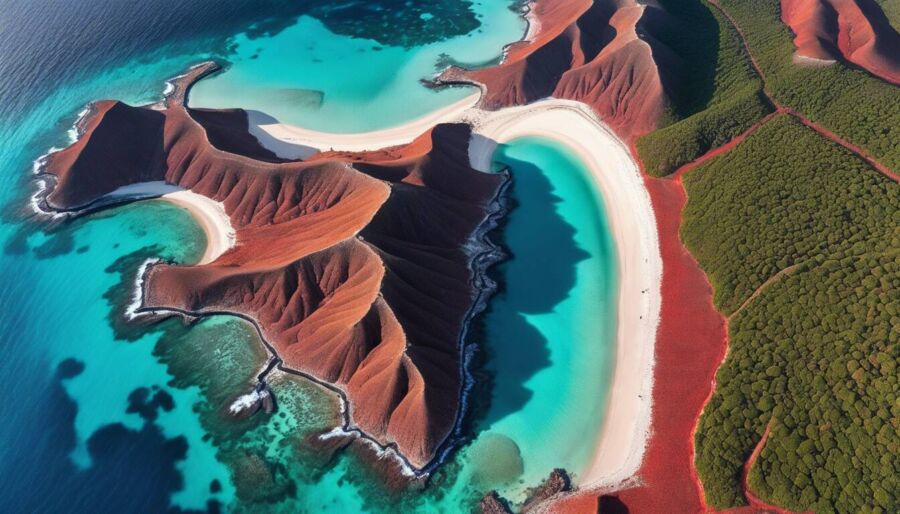
Finding the most hidden place on Earth is not just about finding somewhere far from civilization. It’s a quest for mystery, intrigue, and adventure—a longing to uncover places shrouded in secrecy and possessing an air of mystique that captures the imagination.
These hidden spots aren’t always found at the ends of the Earth; they might be right under our noses. They hold significant historical or cultural value, whether it’s due to their geographical location, their involvement in historical events, or their significance to indigenous peoples. It’s the perfect mix of remoteness and captivating allure that makes these places truly exceptional.
From ancient ruins in remote jungles to mysterious subterranean cave systems, these hidden places provide a sense of adventure like nothing else. Exploring them can fill you with a deep sense of wonder and appreciation for the vastness and diversity of our world.
Take Long Tieng in Laos, for example. Known as “the most secret place on Earth,” it was a site for the US Secret War against the Viet Cong and Pathet Lao. The town grew into a wild frontier characterized by cowboy shenanigans made famous in Hollywood renditions like Air America. Visiting it comes with challenges but offers a chance to enter its rich historical significance.
If you’re planning to explore such hidden sites, always respect local laws and customs. Many of these places have special significance to the communities living nearby, so it’s important to enter with humility and respect for the culture and environment.
Embarking on a journey to these meticulously concealed locations promises an unparalleled excursion that delves into history, culture, and the raw beauty of untouched landscapes.
As we prepare to descend into the enigmatic world of secretive locations, let’s uncover another enigma ingrained deep within global folklore—the secrets of Area 51.
Secrets of Area 51
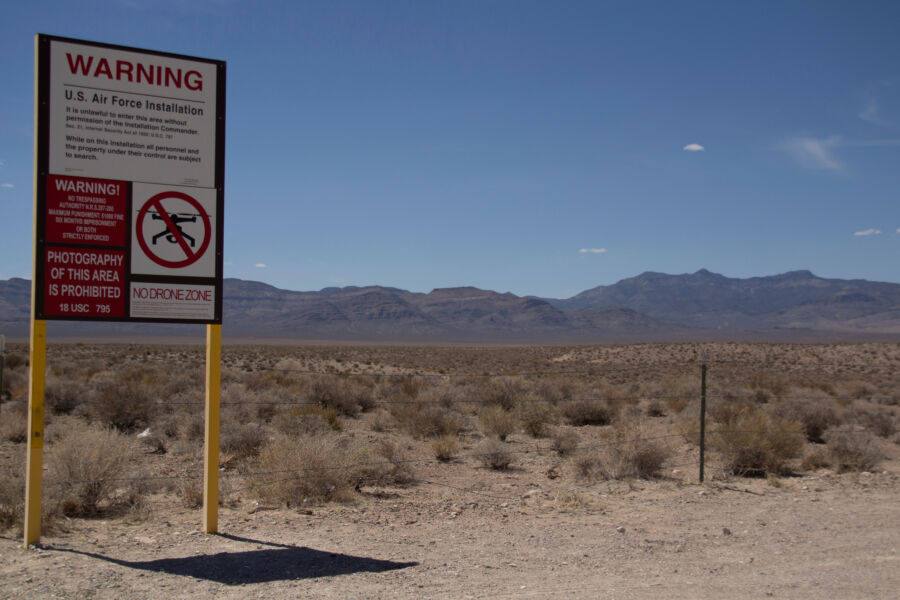
Tucked away in the desert expanse of Nevada, Area 51 has captured the world’s imagination. Shrouded in mystery, tales of alien encounters and government cover-ups have only deepened its aura of secrecy.
Numerous conspiracy theories and fictional portrayals in popular culture have fueled the intrigue surrounding this clandestine locale. However, accessing the grounds is heavily restricted due to its significance in military and defense operations.
Understanding Its Historical Significance
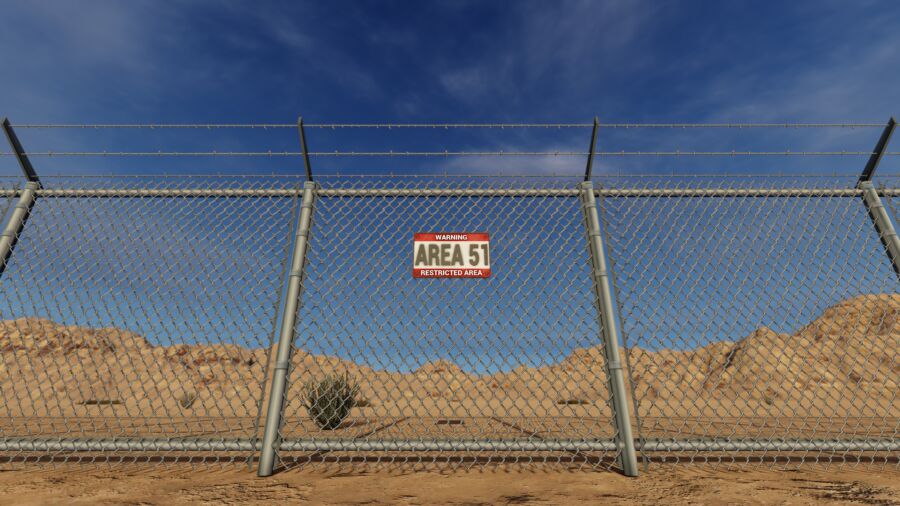
Area 51’s roots date back to the mid-20th century when it served as a testing ground for cutting-edge aerial reconnaissance technology. It was instrumental in developing and testing aircraft like the U-2 spy plane, which played a pivotal role during the Cold War era. Moreover, the site also tested other iconic aircraft, such as the SR-71 Blackbird and F-117 Nighthawk stealth fighter, shaping modern aviation history.
Separating Fact from Fiction
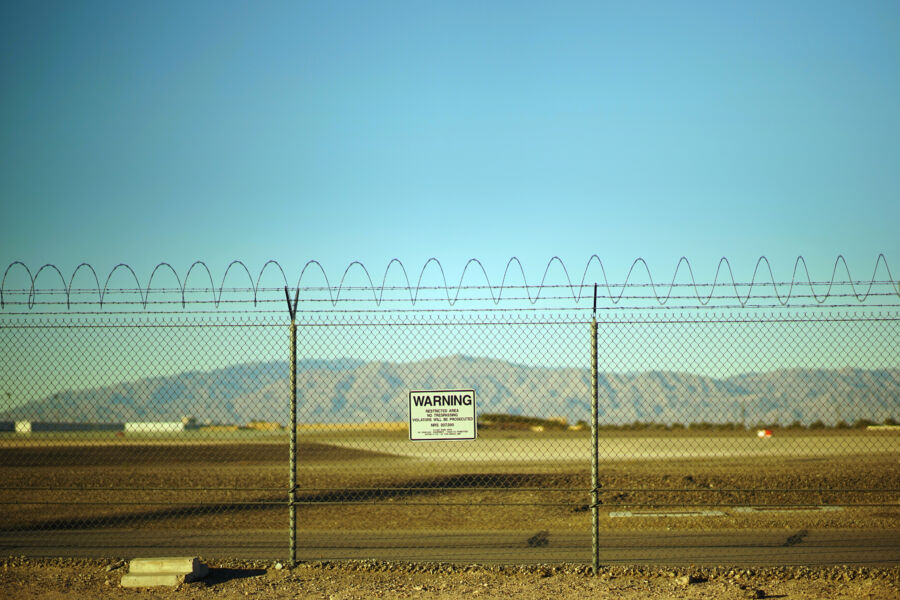
While Area 51 has become synonymous with extraterrestrial speculation, it’s important to separate fact from fiction. The association with UFOs can primarily be attributed to experimental aircraft testing that generated unconventional sightings in the region. These sightings inadvertently fueled sensationalized narratives regarding alien visitations and advanced technology cover-ups. Despite its genuine national security reasons, much of its enigmatic reputation rests on imaginative interpretations rather than documented evidence of extraterrestrial activities.
Venturing Beyond the Restricted Zone
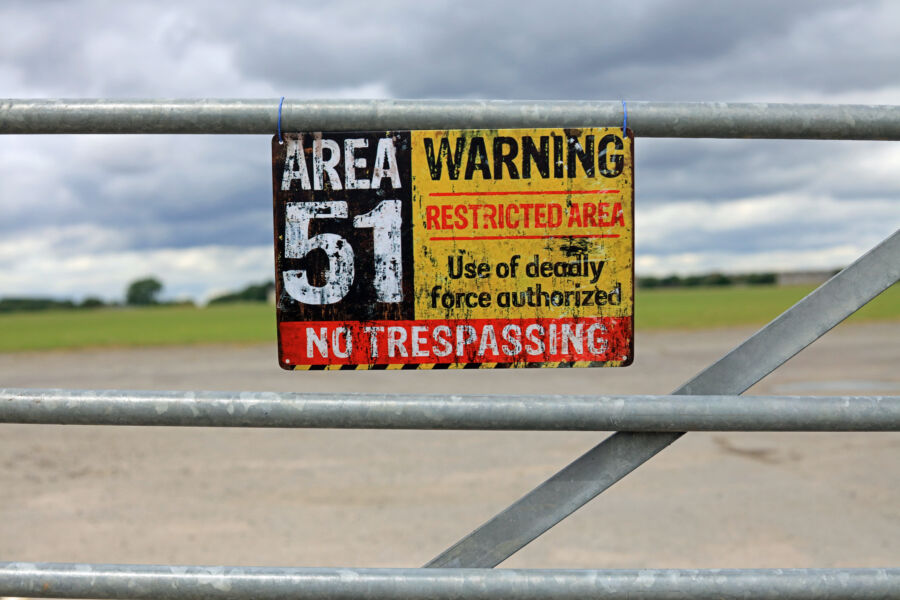
Although gaining access to Area 51 remains off-limits to the public, the surrounding region offers many attractions that tap into its lore and mystery. Various guided tours allow one to delve into its history, demystify misconceptions, and witness firsthand the fascinating landscapes surrounding this secretive zone. Additionally, venturing through nearby towns like Rachel and Hiko provides a glimpse into local culture while serving as gateways for experiencing the mystique of an area synonymous with secrecy.
By navigating through historical context and grounding myths in reality, we can understand Area 51 beyond its mystique and begin to appreciate its multifaceted significance.
The Isolation of Antarctica Explored

Imagine a land untouched by humans for miles and miles – a world blanketed with ice and silence. That’s Antarctica. It is the coldest, driest, and windiest continent on Earth. Most of it is covered by ice over a mile thick, and temperatures can drop to bone-chilling lows that defy imagination.
Antarctica’s isolation is more than geographical—it can feel like a different planet altogether. The only way to access it is through specialized cruises or research expeditions. Unlike the rapid globalization of other parts of the world, Antarctica has largely remained off-limits to mass commercialization, preserving its raw natural beauty.
Scientific outposts and research stations are scattered across its icy plains, supporting ongoing studies in climatology, glaciology, astrophysics, and biology. However, these stations are often far apart, leaving vast stretches of alien-like wilderness untouched and unexplored.
The strict environmental regulations here ensure the region stays as pristine as possible. Protecting this last uninhabited continent is important because it provides vital information about the planet’s climate history and ecosystem.
Visiting Antarctica is like stepping into a time machine. Here, you are immersed in an environment that feels ancient and unspoiled – like a glimpse into what much of the earth must have been like long before humans populated it.
In exploring this isolated continent, you’ll encounter breathtaking landscapes, unique wildlife, and experiences unlike any other place on Earth.
Unfathomable Depths: Oceans’ Hidden Mysteries
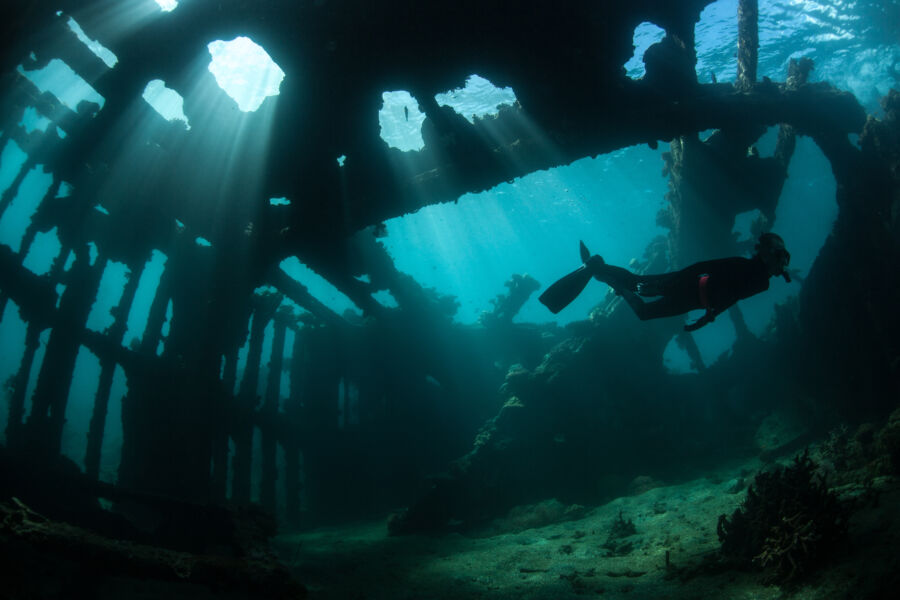
The oceans cover over 70% of our planet, but we’ve explored less than 5%. It’s mind-boggling to think that there are vast areas on Earth where we know more about the surfaces of other planets than we do about the deep sea!
The ocean is home to countless secrets, from tiny creatures that light up in the dark to giant ancient species that have yet to be discovered. The sheer scale and depth make it harder to explore the ocean than mountain ranges or forests. Yet, it’s not just about exploration; a sense of preservation and understanding drives oceanic research.
Hidden Treasures

From undiscovered species to ancient shipwrecks, the ocean is like a treasure chest waiting to be opened. For example, did you know that over 1 million species are estimated to live in the oceans? Only a fraction of these have actually been identified and studied. Every dive into the depths could potentially lead to new species being discovered. Furthermore, shipwrecks tell their stories—remnants of history preserved under the sea for centuries. Each sunken vessel presents an opportunity to learn about maritime history and perhaps even uncover valuable artifacts that would otherwise be hidden forever.
Innovations in Exploration

Technological advancements are crucial in helping us overcome the challenges posed by deep-sea exploration. Remotely operated vehicles (ROVs) and manned submersibles enable scientists to reach unreachable depths. These innovations have allowed for fascinating discoveries like hydrothermal vents, which host unique ecosystems powered by chemical energy rather than sunlight.
Conservation Efforts
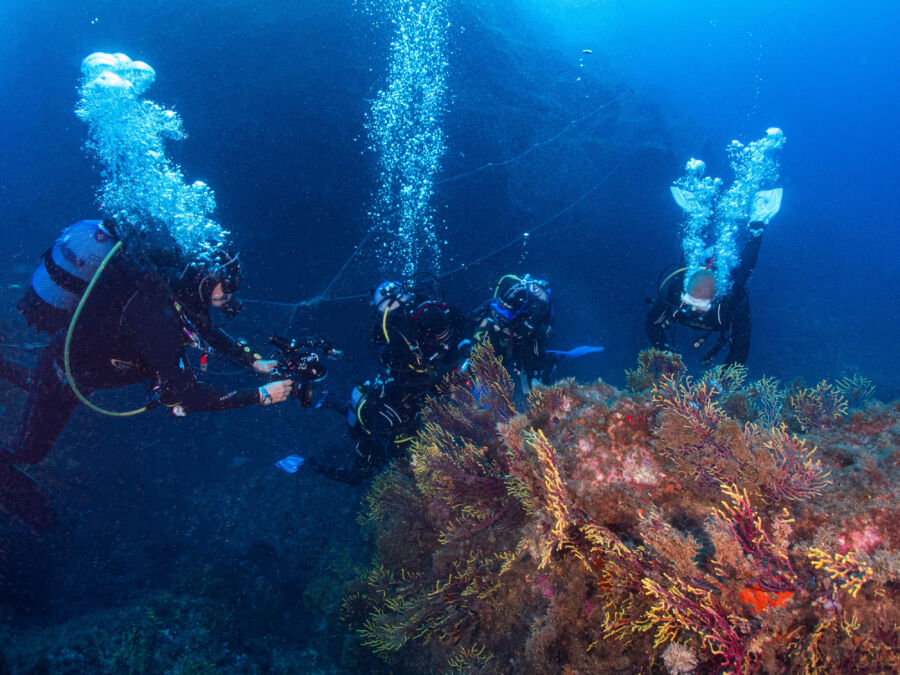
As our understanding of the ocean deepens, there’s growing awareness of the need for conservation efforts. Human activities such as deep-sea mining or pollution can easily disrupt the delicate balance of life in these unseen worlds. By uncovering these mysteries and sharing them with the world, we hope to inspire greater efforts in protecting these vital ecosystems for future generations.
The unfathomable depths of the oceans house countless enigmas waiting to be uncovered by intrepid explorers and researchers. As we expand our knowledge of this mysterious realm, we unearth fascinating discoveries and a deeper understanding of our planet’s interconnected ecosystems.
Huautla Cave: The Deepest in the Western Hemisphere
The Sistema Huautla cave is hidden beneath Mexico’s picturesque Sierra Mazateca mountains. This cave system, the deepest in the Western Hemisphere, contains intricate passageways, vertical drops, and labyrinthine galleries that challenge and intrigue even the most experienced spelunkers and adventurers.
Imagine being surrounded by darkness as you venture through rugged stone passages, each turn revealing a new mystery. The immensity of this cave is hard to fathom; it’s not just a simple hole in the ground but an entire underground universe waiting to be discovered.
Legend has it that this cave system was formed over 15 million years ago. Picture how every narrow passage and soaring chamber bears witness to millions of years of geological history, offering a glimpse into a world untouched by time.
The depth and complexity of Sistema Huautla require specialized skills and equipment for exploration—a true challenge for even the most seasoned adventurers. Each step through these hidden caverns presents excitement and trepidation, leaving explorers in awe of the sheer intricacy that nature has carved deep within the earth.
Species Diversity and Unique Challenges
The biodiversity found within the cave is staggering, with numerous species uniquely adapted to thrive in this dark, subterranean world. From eyeless spiders to troglobites like millipedes and rare beetles, the cave’s ecosystem is a fascinating microcosm of life adapted to extreme conditions.
The presence of a colony of common vampire bats adds an extra layer of intrigue to this underground ecosystem. These unique creatures navigate in total darkness using echolocation and carry out their nightly hunts in the cave’s pitch-black depths.
Exploration efforts in recent years have revealed much about ancient climate patterns through analysis of stalagmites within Sistema Huautla. It has helped scientists gain valuable insights into how life adapts to cave environments and provided clues on ancient climate fluctuations.
The next expedition planned for 2024 will focus on furthering our understanding of the cave’s geology and surveying two other caves near Sistema Huautla—opening doors to new adventures and discoveries underground.
As we unravel the wonders held within this hidden cavern world, Sistema Huautla’s allure beckons to those seeking a truly unique and adrenaline-pumping subterranean experience.
Uncovering Earth’s best-kept secrets is an enthralling pursuit that takes us from one extraordinary discovery to another; now, let’s journey into the depths of Long Tieng, Laos—a town veiled in secrecy that holds its compelling narrative.
Long Tieng, Laos: The Most Secret Town
Long Tieng is more than a town in Laos; it holds secrets from a chapter of history that few know about. During the Vietnam War, Long Tieng served as a base for the CIA’s paramilitary operations. The town was a key component of the US Secret War against the Viet Cong and Pathet Lao. Long Tieng remains shrouded in mystery and intrigue despite its historical significance due to its association with covert military activities.
Visiting Long Tieng is like stepping back in time, immersing oneself in the enigmatic atmosphere of wartime operations and clandestine activities. Although it presents unique challenges and sensitivities given its complex past, it offers an unparalleled opportunity to experience living history firsthand.
Historical Significance
Long Tieng was once a bustling hub of activity, but its significance lay hidden from the world outside. The town played a crucial role during a tumultuous period in Southeast Asia, becoming a pivotal strategic location for intelligence gathering and supporting military operations during the conflict. Its historical relevance makes Long Tieng an invaluable destination for those interested in understanding the intricacies of the Vietnam War and its broader impact on the region.
Visitors to Long Tieng will find themselves surrounded by remnants of its covert past, with abandoned airstrips and administrative buildings serving as silent testaments to a period fraught with secrecy and volatility. Exploring Long Tieng is akin to journeying into a time capsule, where every structure holds narratives echoing the clandestine activities that once defined the town.
Uncovering deeper layers of Long Tieng’s unassuming facade reveals overlooked or obscured history. It provides insight into an era marked by geopolitical tensions and covert operations and sheds light on the untold narratives of individuals involved in clandestine activities.
A Compelling Past
The allure of Long Tieng lies not only in its historical significance but also in the curious juxtaposition between its secretive past and its present state. Once a closely guarded secret, the town now stands as an open yet enigmatic destination, offering visitors the chance to unravel its captivating past at their own pace.
Visiting Long Tieng is like embarking on a journey through time, each step revealing fragments of an enthralling narrative that unfolded within its confines. The town’s compelling past infuses every corner with intrigue, beckoning travelers to witness history firsthand while grappling with its complexities.
As we continue exploring hidden gems worldwide, Long Tieng highlights resilience and transformation. It encapsulates the tenacity of a place steeped in secrecy yet resilient enough to welcome curious visitors seeking to uncover its enigmatic stories.
Exploring Long Tieng’s secretive past sets the stage for understanding another enigmatic location—the Padmanabhaswamy Temple, renowned for its inaccessibility and intriguing history.
Read Also: Laos
The Inaccessibility of the Padmanabhaswamy Temple
The Padmanabhaswamy Temple is indeed a place shrouded in mystery, with its allure heightened by tales of hidden chambers and a sealed door that has never been opened. However, the mystique isn’t just due to its hidden treasures; the temple’s inaccessibility to the public adds to its enigma. Despite its immense cultural and historical significance, the temple’s inner sanctum remains off-limits to most people.
One might wonder why such a revered place is not open to all. The answer lies in the temple’s religious and cultural importance, as well as concerns for its safety and security.
The Padmanabhaswamy Temple is not merely a tourist attraction but a deeply sacred space for devotees. Stringent entry restrictions maintain the site’s sanctity and preserve the associated rituals and traditions.
Moreover, safeguarding the temple’s invaluable treasures from theft or damage is another primary concern requiring limited access. The immeasurable wealth within its vaults has drawn attention from across the globe, leading to stringent security measures being implemented to protect it.
It’s akin to keeping precious jewelry in a locked safe, ensuring only authorized individuals can access it.
The temple’s inaccessibility testifies to its significance and reverence within Indian culture and history. It underscores the need to safeguard invaluable heritage while respecting the spiritual beliefs and practices associated with it.
Understanding why the Padmanabhaswamy Temple remains largely off-limits illuminates its unique role in preserving ancient traditions and protecting priceless artifacts from exploitation or harm.
In essence, the Padmanabhaswamy Temple is a bastion of cultural preservation and historical reverence. Its inaccessibility revolves around upholding its sacred legacy.
